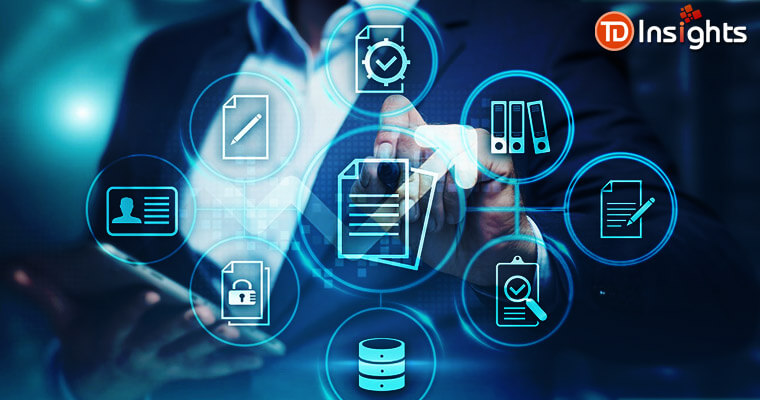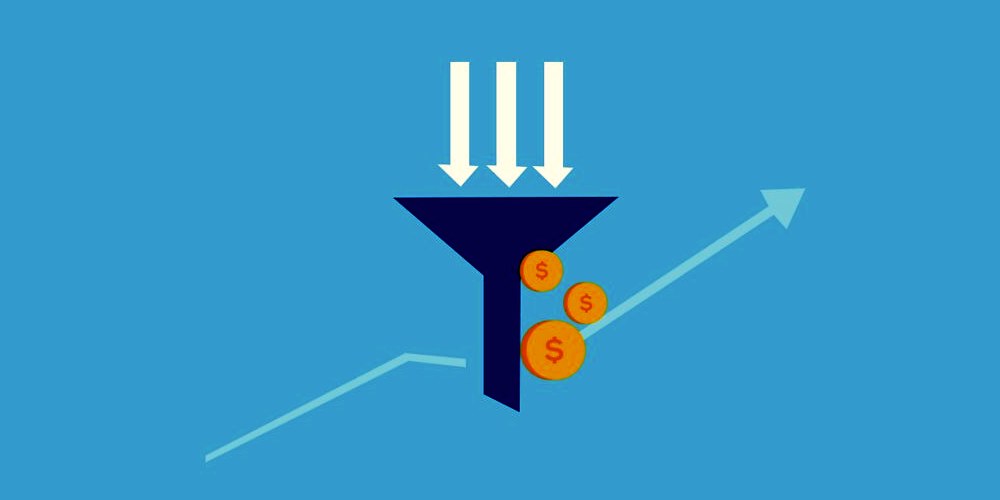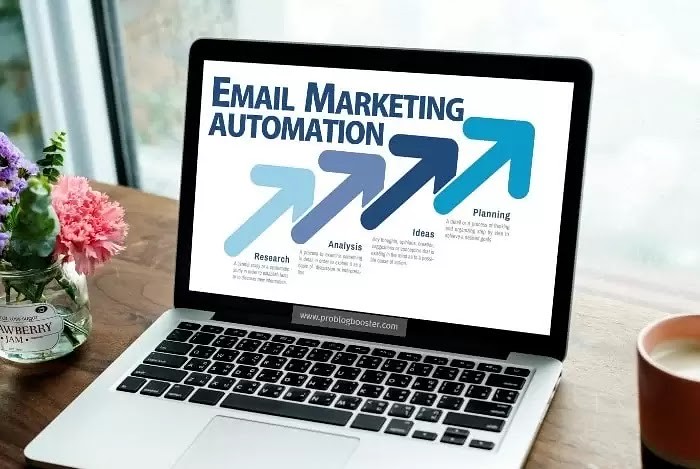C-level data is one of the useful databases in an organization. The data is seen as the fodder for the sales engine in the organization. So, if a company wants to climb the ladder of success, they should ensure to have the right C-level data integrated into their business process. It is better to know which data is the priority data to drive your marketing campaign on the path at the beginning itself rather than repenting at the later stage.
Table of Contents
Importance of C-level Data
Let’s understand it step-by-step…
Representatives in an organization often state that they could not connect with the right decision-makers.
Decision-makers????
Most of the decision-makers are the C-level executives, who take important decisions related to the organization. It includes innovative projects, processes that could positively disrupt the workflow, etc. These C-level executives have a better understanding of what could work in the future and what would not, via the insights from various data, market trends, practices, and others.
Just as you can see in the below picture, C-level executives can identify the gaps and opportunities instantly. They know which deal needs to be won and become an ‘opportunity grabber.’ They are foresighted and could easily see what others could not. They have the best ideas for the benefit of the organization as a whole, and want a win-win situation for all.
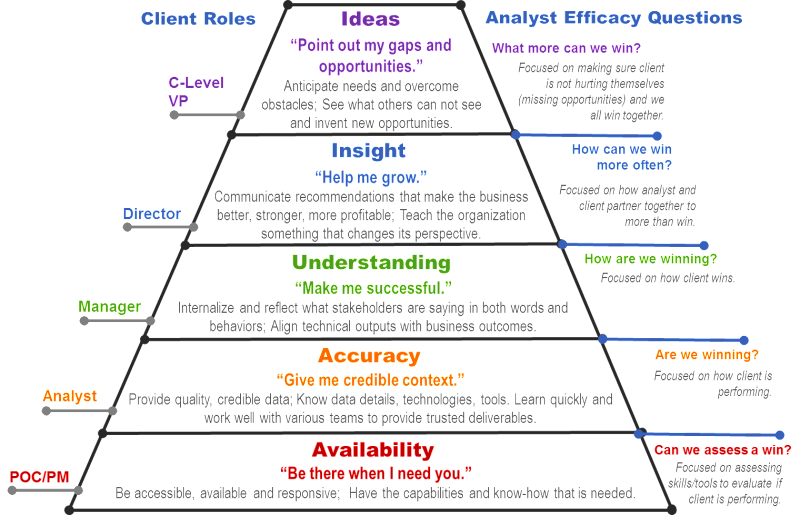
Source: evolytics.com
Designations of the C-level Executives:
-
-
- CEO – Chief Executive Officer has the overall responsibility of the organization
- CIO – Chief Information Officer handles all the aspects related to information in the organization
- COO – Chief Operations Officer looks over the operational activities
- CSO – Chief Strategy Officer is responsible for the strategic initiatives
- CFO – Chief Financial Officer checks the financial aspects
- CTO – Chief Technology Officer is accountable for the technological issues in an organization
- CMO – Chief Marketing Officer, is the communication expert to converse with clients, partners, and others.
-
The below image is one of the examples where you can see the role of the chief executive officer. They are mainly focused on the big picture, and enable the decisions based on the data. They deliver futuristic decisions, and work in all the departments of the organization to have an overview of whether the process in that department is on the right path. As they are the top-level executives, other employees look up to them while investing in a crucial business project, signing an important deal, etc. The holistic opinion of the C-level executives is what makes them stand out from other mid-level executives.
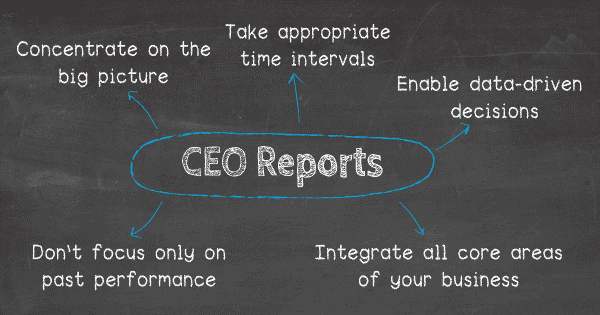
Source: datapine.com
Almost in all organizations, the C-level executives are considered as the final decision-makers. As they have to deliver the quantitative results, so they trust data more often to achieve the desired results.
You should directly connect with the final decision-makers as they would rarely tell you to wait for discussing with the executives working under them, while the same cannot be said in the vice-versa case.
Just as you can observe from a finding, 50% of the professionals state that C-level executives are not supportive of their strategies. So, it is better to jump to the top-level executive and pitch for the service or product rather than communicating with other professionals leading the way to them.
The top-down approach is successful than the bottom-up approach in the B2B sales process, if you want to acquire the customer before the competitor does it.
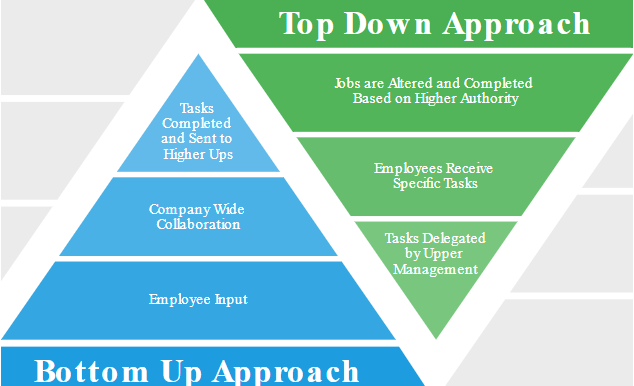
Source: smartsheet.com
The Information in the C-Level Data
The information that is included in the C-level data comprises more than just phone number, mailing address, and e-mail address. While this information is useful, but to have a result-oriented conversation, you also need the other details of C-level executives like their designation, such as whether they are head of marketing, finance department, or others. The educational qualification is also one of the relevant data to approach them. This would help in understanding what kind of product or service they would be interested in and the ways to aligning the interest with your service.
Benefits of Integrating C-level Data:
1. Reduces the Time Taken for Sales Cycle:
Of-late B2B marketers are witnessing the sales cycle is getting longer, thus taking much time to close the deal. This is a massive challenge as organizations need to reach their business target. In this scenario, when you have the right C-level data, it would shorten the sales cycle to a certain extent. The representatives could directly connect with the right decision-maker without facing the hassles to connect with other executives for reaching out to them.
A shorter sales cycle = Improving the bottom line of the process
This whole approach significantly optimizes the sales process, and make it effectively drive on the right path.
2. Upselling the Service:
A sales representative has the golden opportunity to upsell the service, when they have the access to the accurate C-level data. The right data with the complete information makes them approach C-level executives of leading organizations the best way.
Well, while one can upsell the service, one thing to note is, representatives should not annoy these executives. The top-level executives have a busy schedule, so connecting with them at their convenient time is the right tactic.
Having a pleasant and persistent conversation rather than putting forward your usual sales pitch, is the best way to leverage the C-level data for the process.
3. Wide Range of Opportunities:
C-level data opens up new opportunities for you to drive better results. This is the creamy layer data that helps organizations to reach their target. As a representative, you have to make the best use of it for excellent results.
Conclusion:
C-level data is the premium data for any B2B organization. It could boost your sales process and earn the desired revenue for the organization. The data helps you zoom past the gatekeepers along the path and have a one-to-one conversation with the right person to close the deal. In the competitive world, where other companies are vying up to acquire the same prospect as you, you must integrate the right C-level data in your process.


